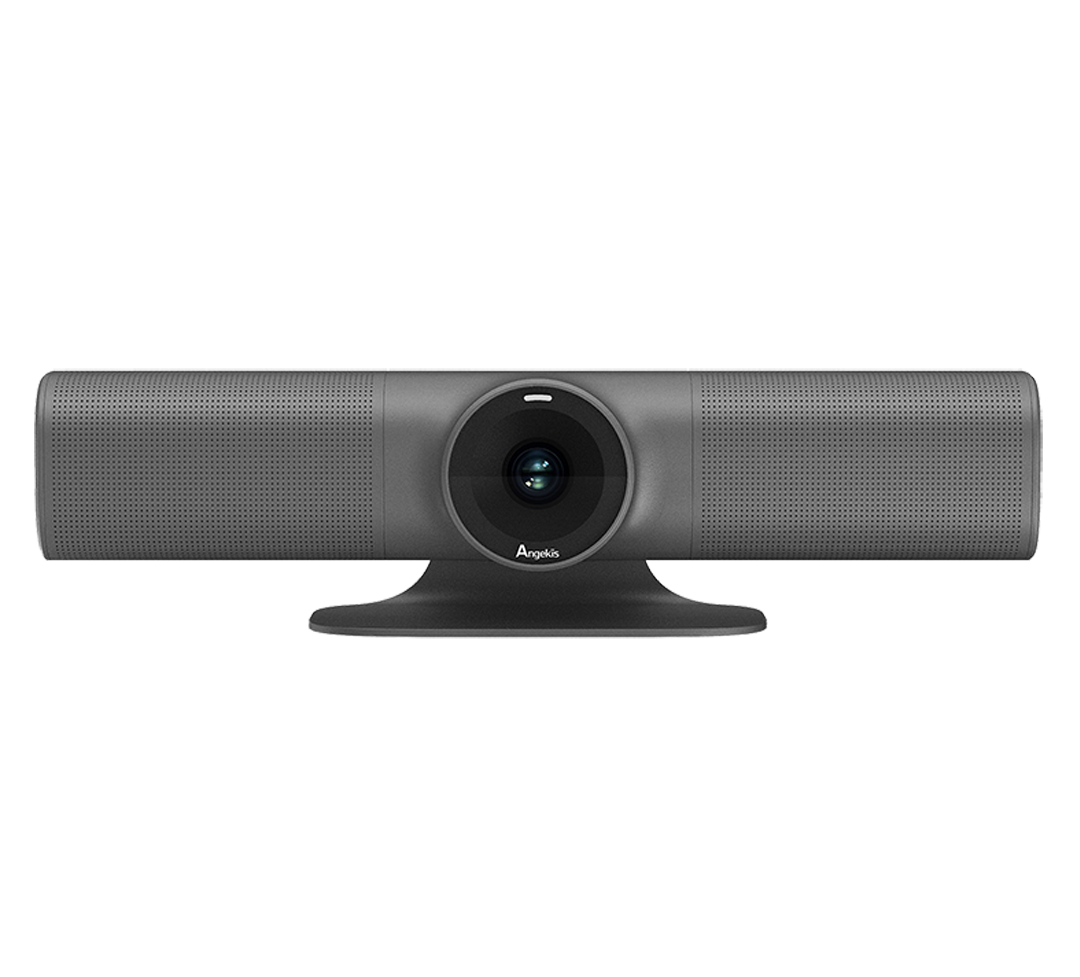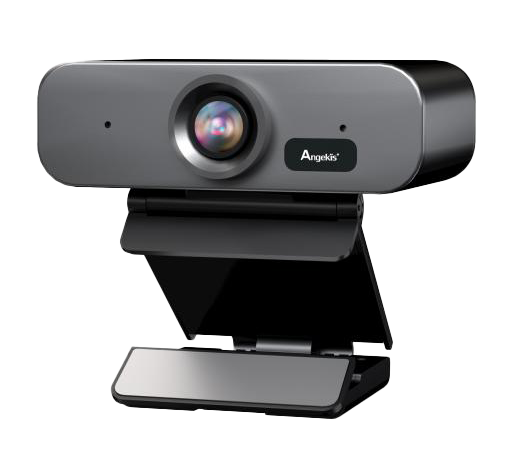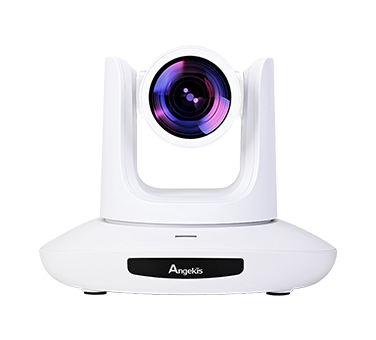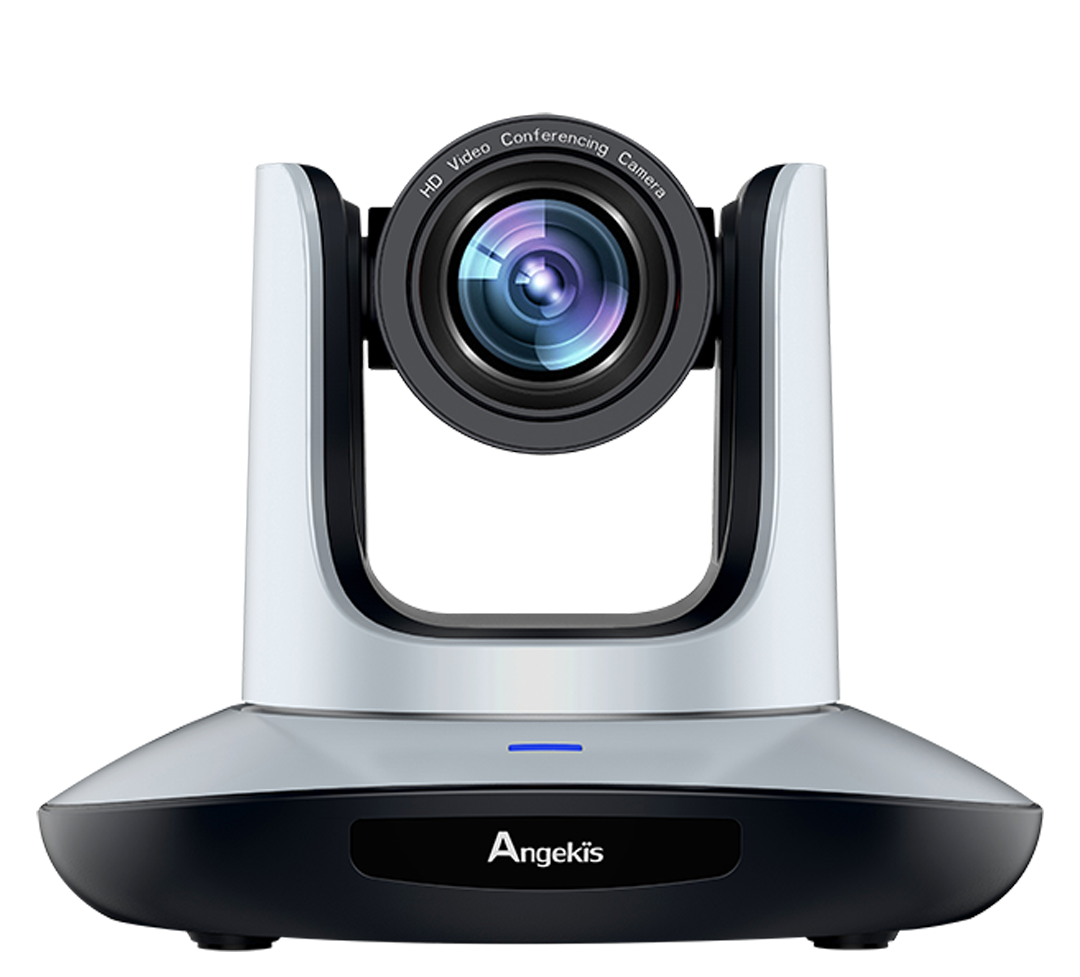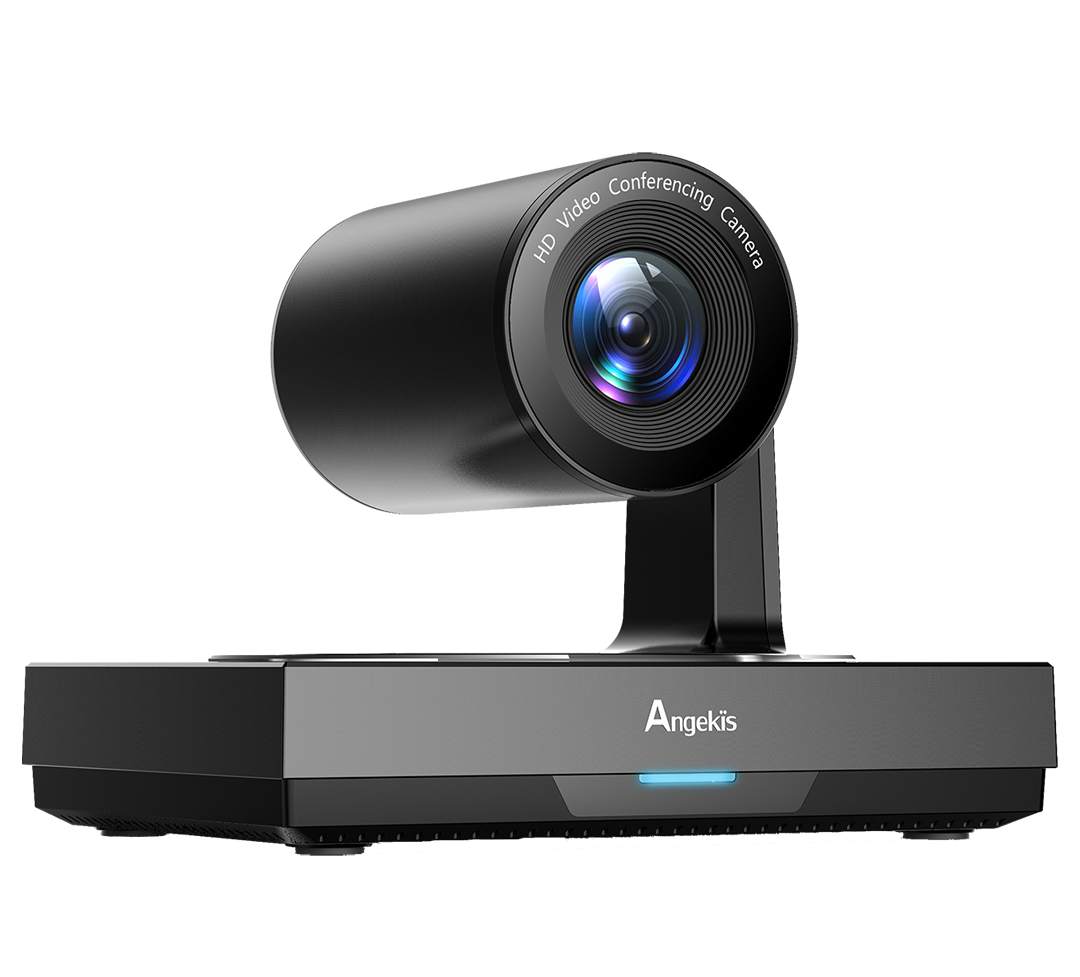The Development History of Video Conferencing
The light bulb invented by Edison brought light to everyone, the telephone struggle invented by Antonio Meucci allowed people to communicate remotely. Video conferencing is one of the indispensable communication tools for human beings, and it has brought a lot of convenience to the social development of human beings. Let’s explore the “past and present life” of video conferences with Angekis.
1. Video conferencing of 1964 New York World's Fair
Let's go back for decades. At the New York World's Fair in 1964, the concept of video conferencing was first shown to the world. However, the image it provides is very vague, which makes it difficult for people to distinguish. At that time, it was considered to have no future development and could not replace the telephone that had been used for a century.
Later in 1970, AT&T launched the video phone service. However, it was not recognized by the public due to the high cost of the service and poor image quality. Later, well-known companies showed the LME video phone across the Atlantic, and some companies gradually discovered its commercial value and were willing to invest, which provided development opportunities for video conferencing.
2. The first video conferencing system in 1976
In 1976, the first video conferencing system was built between Tokyo and Osaka in Japan and it was originally used by a very small number of companies. In 1982, IBM adopted a 48kbps network channel video conferencing system to connect internal Japan and the US headquarters for weekly business meetings. The software and technology of video conferencing have been developed through these two events, and then the video conferencing solutions for business has been put into commercial use.
3. Video conferencing in the Internet era in 1996
With the advent of the Internet era in 1996, H.323 was officially released IP. In the same year, Microsoft inundated Netmeeting, which used the LivingSharePlus technology of PictureTel. It worked well because it quickly became available in a video-supposed version, which allowed video conferencing to become popular for civilian use. And then it showed a very strong promising market power.
Overall, video conferencing in the 21st century is bound to become a new normal and universal communication method.

